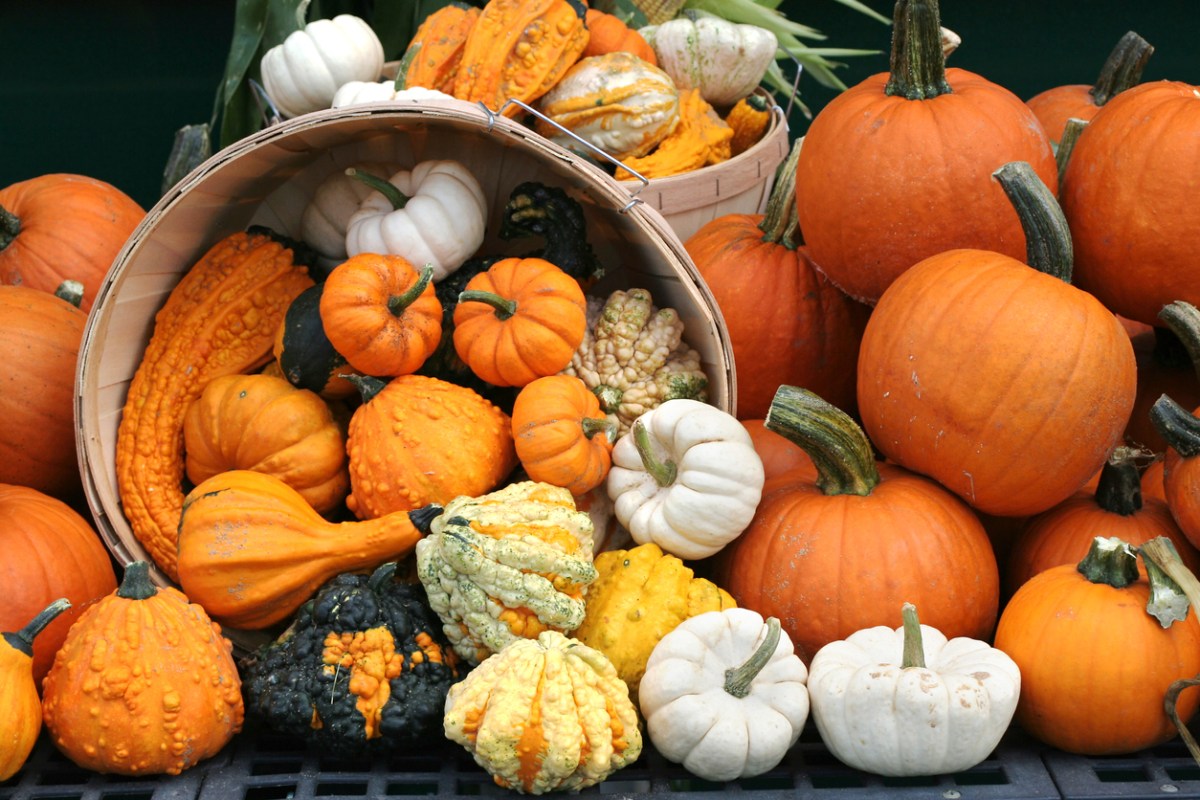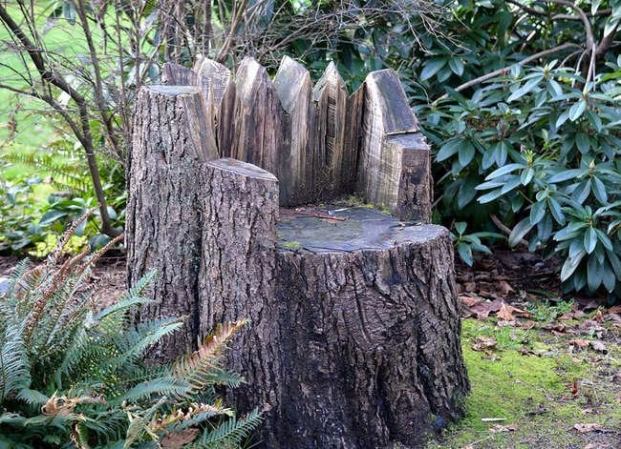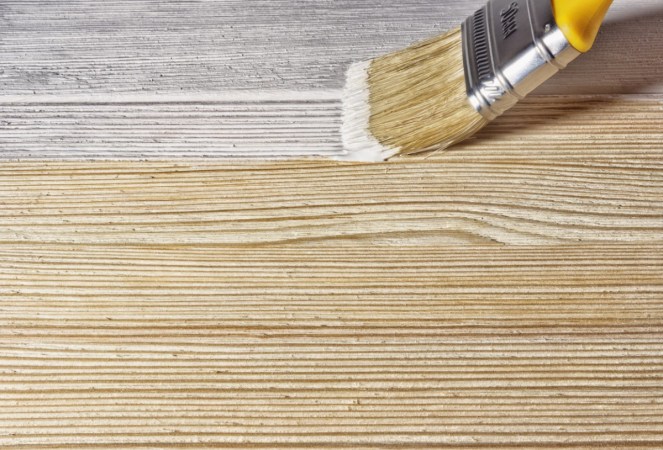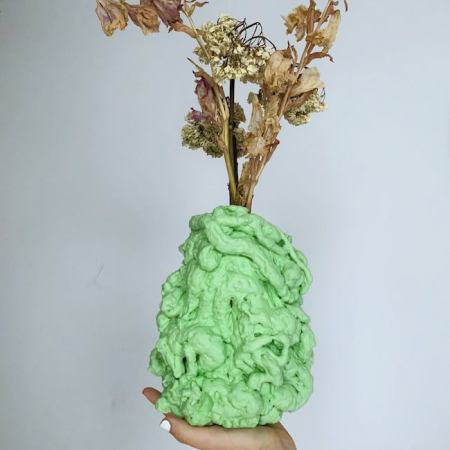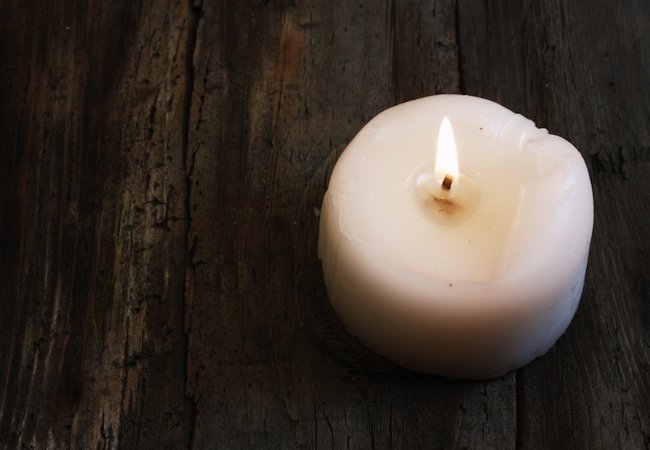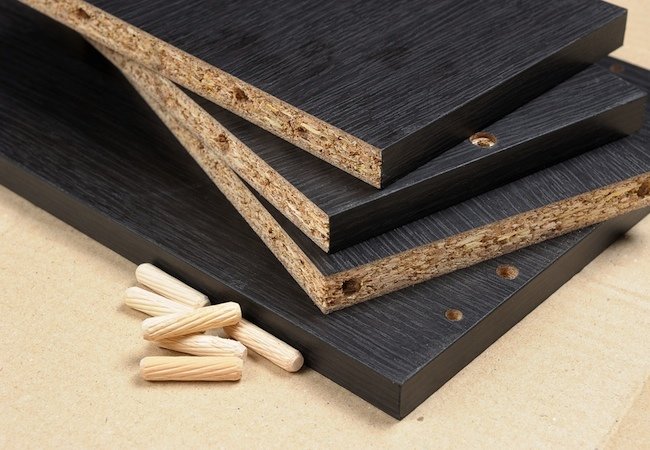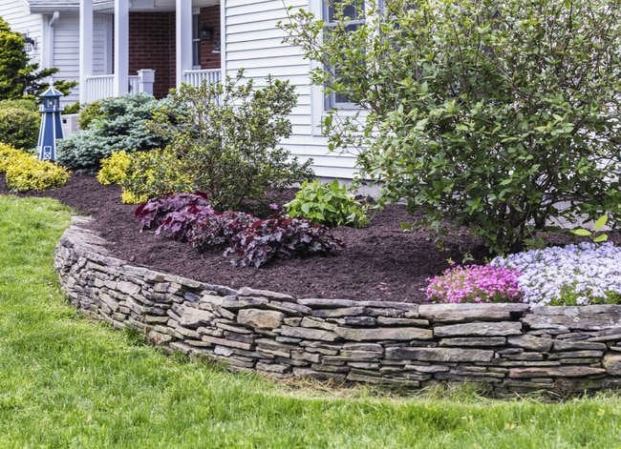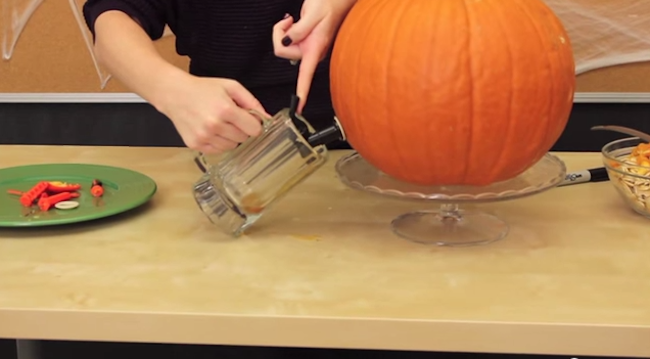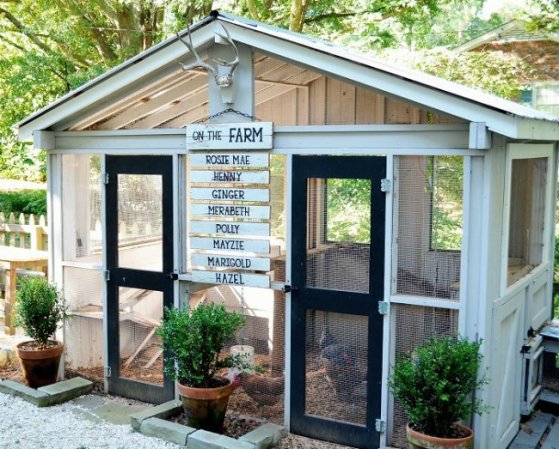We may earn revenue from the products available on this page and participate in affiliate programs. Learn More ›
Like squash, gourds are part of the Cucurbitaceae family, which also comprises cucumbers and pumpkins. With so many different types of gourds, it’s helpful to know how to tell them apart —and essential if you plan to use them for crafts or for other DIY projects. Some gourd varieties are better suited to specific looks and uses.
Unlike their Cucurbitaceae cousins, gourds typically do not supply food. Instead, people commonly use them in fall decor, for carving, making musical instruments, and more. Most gourds are bitter and firm, so they don’t top the taste chart, but are great choices for DIYing.
Here are several different types of gourds, along with their best uses.
Bottle Gourds
Bottle gourds, or Lagenaria siceraria, are gourds that have a hard shell. This hard exterior lends to excellent carving and creating tools or musical instruments. True to their name, bottle gourds also can be turned into drinking vessels. These long-lasting gourds are edible, but only when immature. Before carving or working with a bottle gourd, you must dry it—a process that can take up to 6 months. A good project for a first-timer to start with is transforming a gourd into a bowl that can then be used as-is or for other purposes, like a birdhouse.
Best For: Carving, creating a drinking or storage vessel, making an instrument.
Speckled Swan
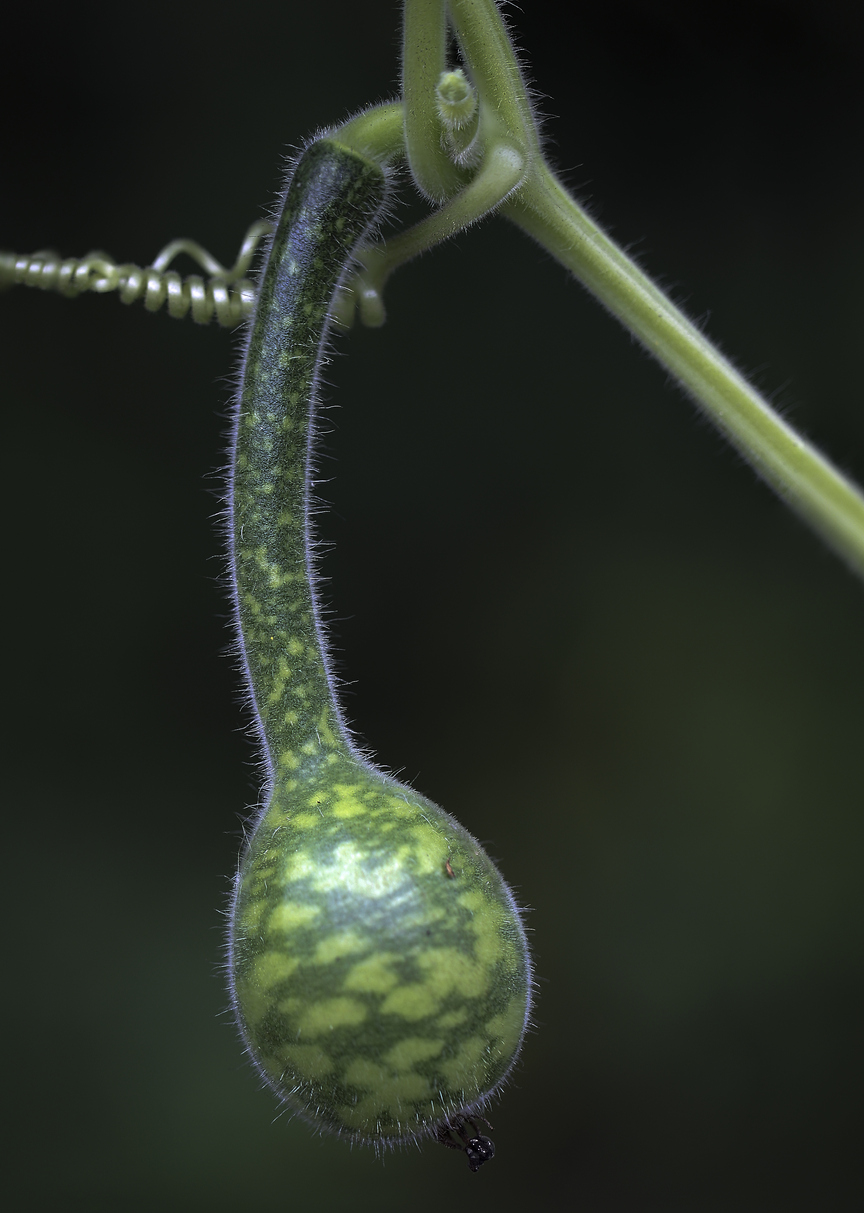
This gourd really and truly looks like a speckled swan, complete with a long neck that often curves. These elegant gourds weigh up to 3 pounds and reach up to 16 inches long. The bright green skin is vibrant on its own, but the gourds also provide an excellent canvas for painting projects. They have a hard exterior for easy crafting.
After growing the pretty trailing vine, harvest, clean, dry, and cure the gourd. Then paint it to bring out its inner swan or simply display the speckled green shells as they are. This gourd needs about 115 days from seed to harvest, but you can buy individual gourds from farmers or some craft outlets.
RELATED: 5 Things to Know About Succession Planting
Dipper
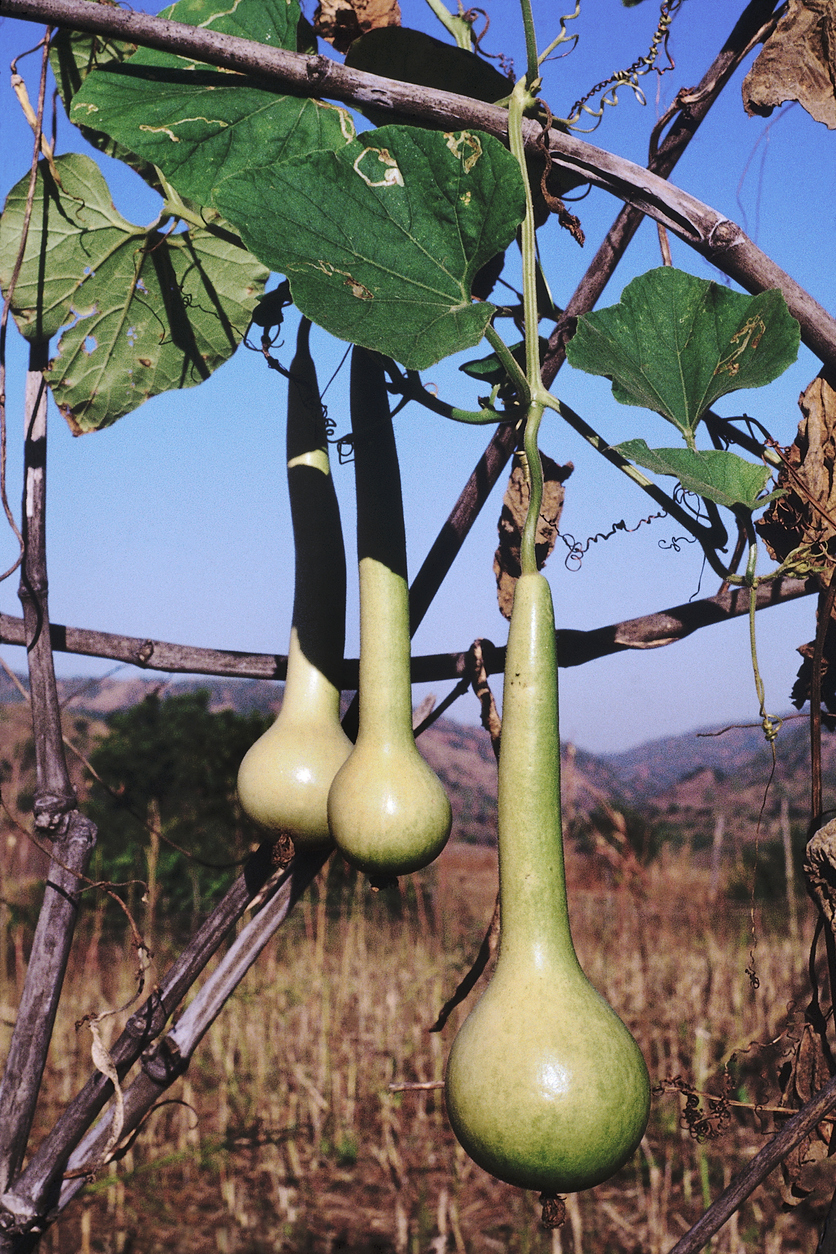
Dipper gourds also feature a long neck like the speckled swan variety but lack speckling and a pronounced curvature. Some come with extra-long handles, especially if you leave them on the vine longer. Let the vines grow along the ground and the handle will curve. Their shape—long-necked with a bulbous end—can easily turn from gourd to carved ladles.
The size of the handle on these gourds varies significantly. If you grow your own, expect 110 days for the gourds to mature.
Powderhorn
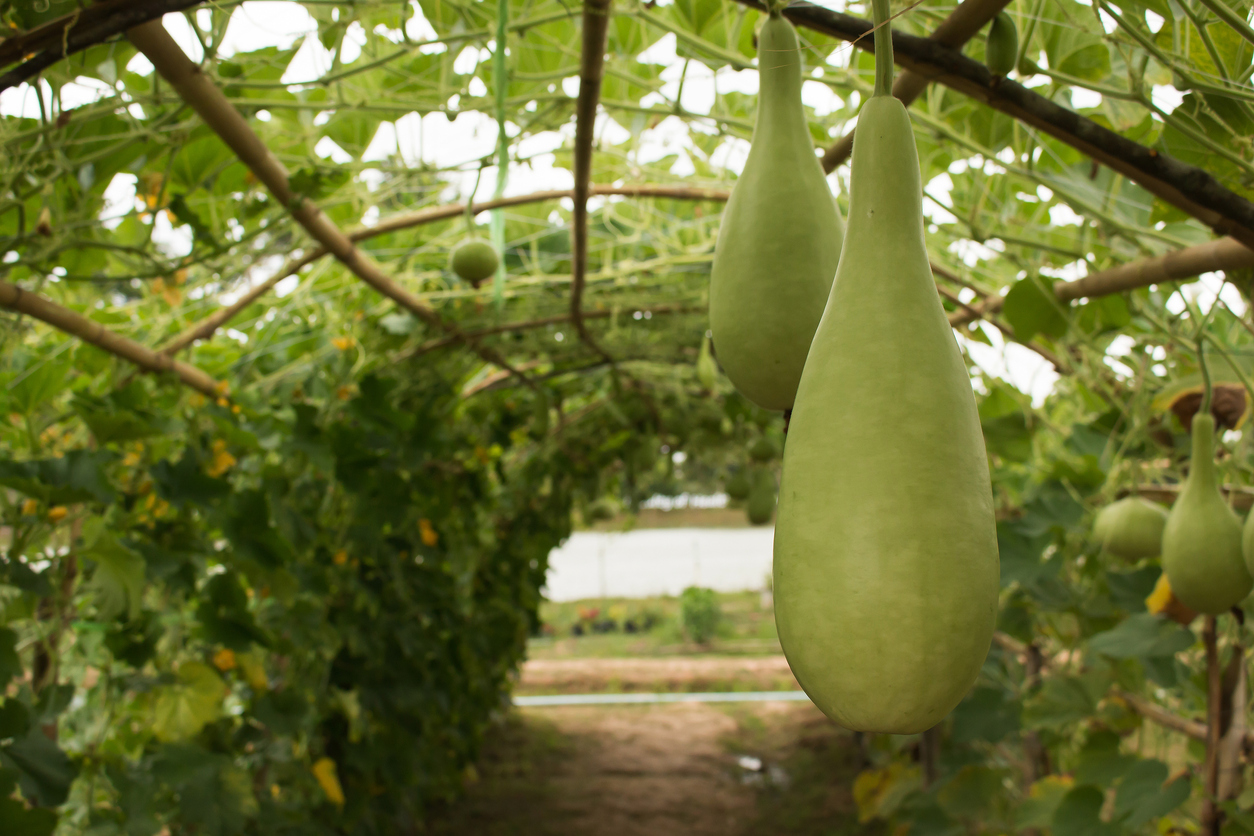
These gourds are squatter than speckled swan and dipper gourds with a slimmer overall profile. They’re also known as penguin gourds—because they resemble the roly-poly snow-loving birds. The fruits usually reach between 10 and 16 inches high at harvest. Turn these slightly rounded gourds into Santas, penguins, or birdhouses.
Ornamental Gourds
An ornamental gourd has thinner skin than a bottle gourd. The gourds are often smaller and more colorful, which is ideal for decorative purposes. Because they’re so visually striking, there’s no need to transform them before putting them on display during the fall season. However, ornamental gourds are not as durable as bottle gourds. During the drying process, their color might dull as well.
Best For: Colorful fall-themed displays or Thanksgiving centerpieces.
RELATED: How to Preserve a Pumpkin
Apple
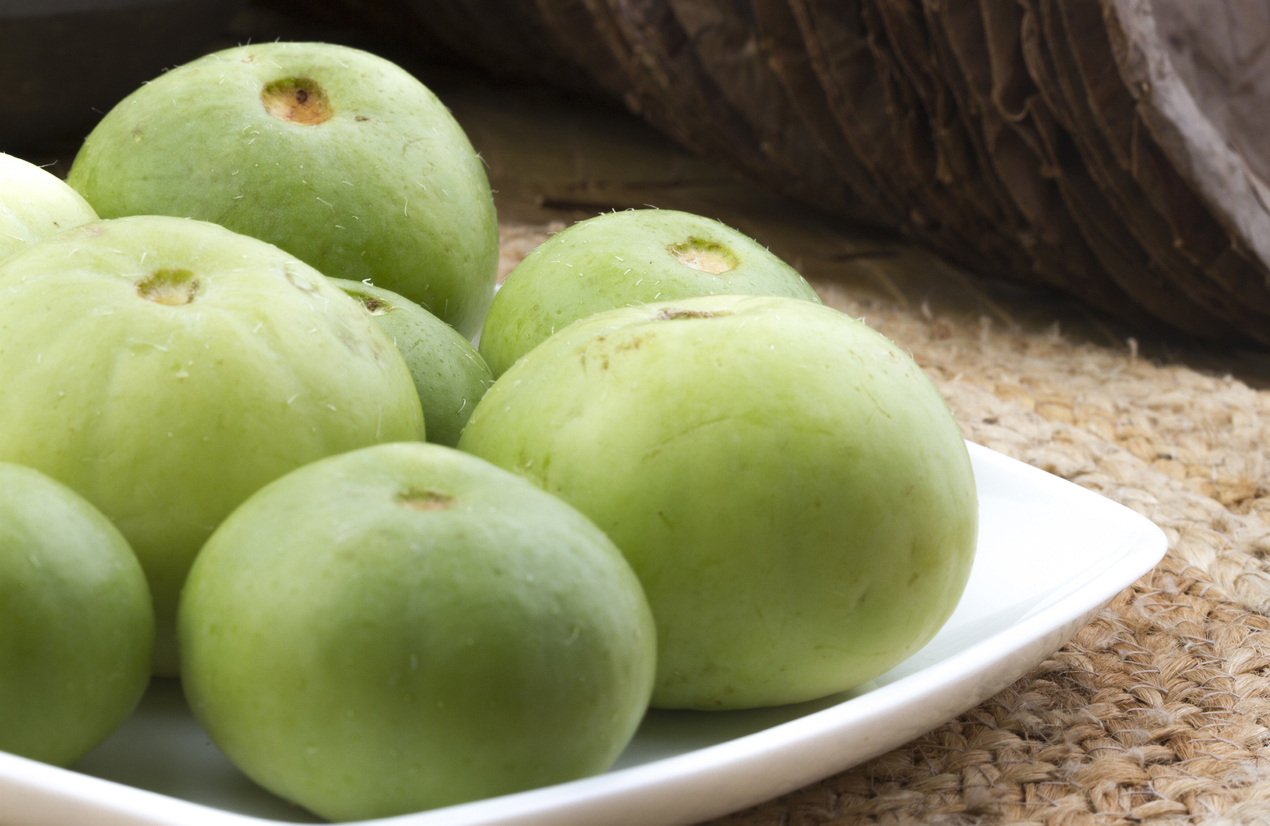
These apple-shaped gourds have a green shell and distinct protruding stem. The skin resembles that of a watermelon. Unlike their namesakes, apple gourds aren’t edible. Over time, the bright green color dulls to brown. They typically grow no wider than 4 inches or taller than 8 inches.
Daisy
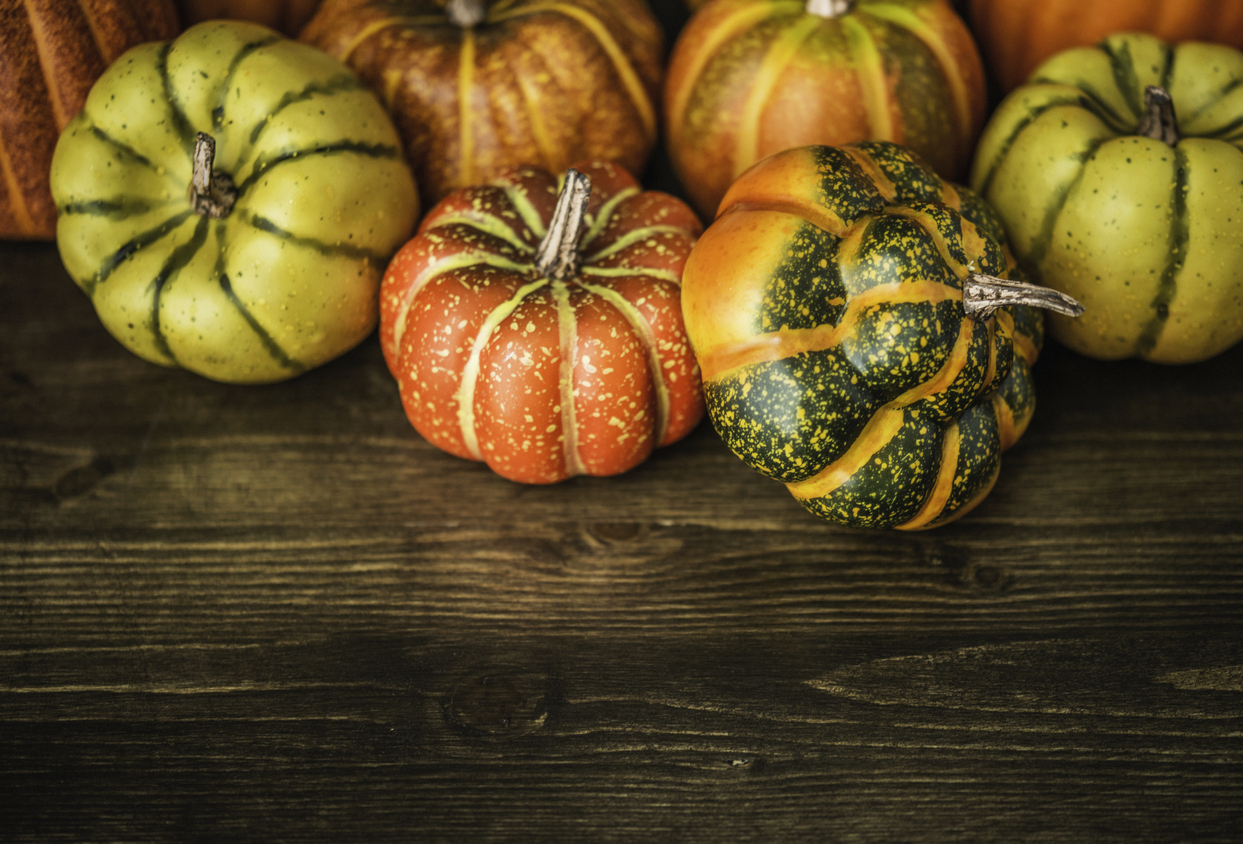
Daisy gourds are probably one of the most instantly recognizable ornamental gourds. With their colorful shells—in shades of yellow, orange, green, and white—and miniature sizing, they are perfect for indoor decor, including table centerpieces. Daisy gourds are named for the daisy pattern spreading out from the stem on most types.
Tennessee Spinning
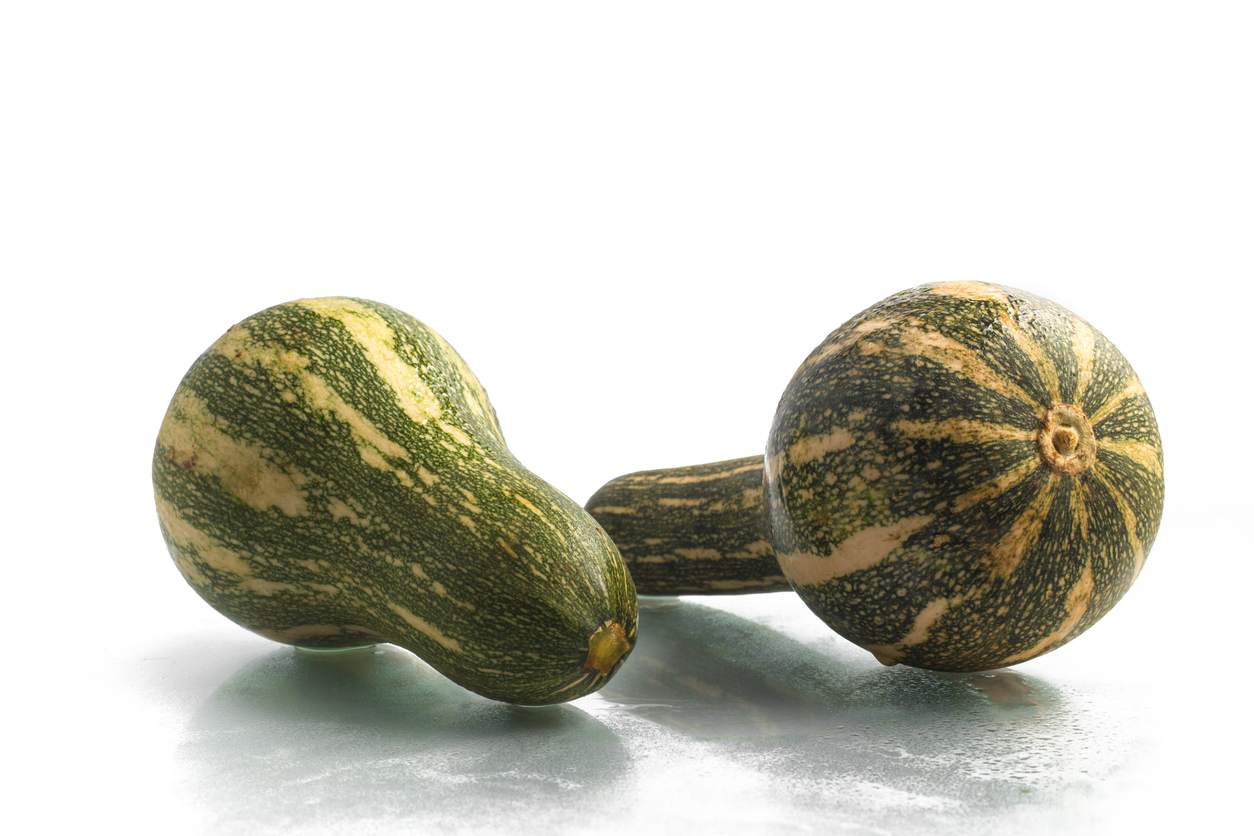
These tiny gourds only grow up to 2 inches in height. They have a bottle shape and watermelon-like skin that turns brown during the drying process. Because they have very round bottoms, they can spin like a top. Let kids paint them and create their very own toys or make fun festive homemade jewelry with the mini gourds.
RELATED: Pumpkin Carving 101
Sponge Gourds
Sponge gourds are used to make bath sponges. These slim, cylindrical gourds have a fibrous interior that can turn into an ideal scrubbing sponge for bathing and exfoliating. The fruit is also edible when immature and less than 7 inches high. Because they grow in a vining fashion like cucumbers, these plants require trellising for support.
The gourds are ready for sponge-making when the seeds rattle inside. Before cutting the plant into sponges, first remove the hard shell by soaking and scraping it off.
Best For: Making sponges and eating when gourds are young.
Loofah
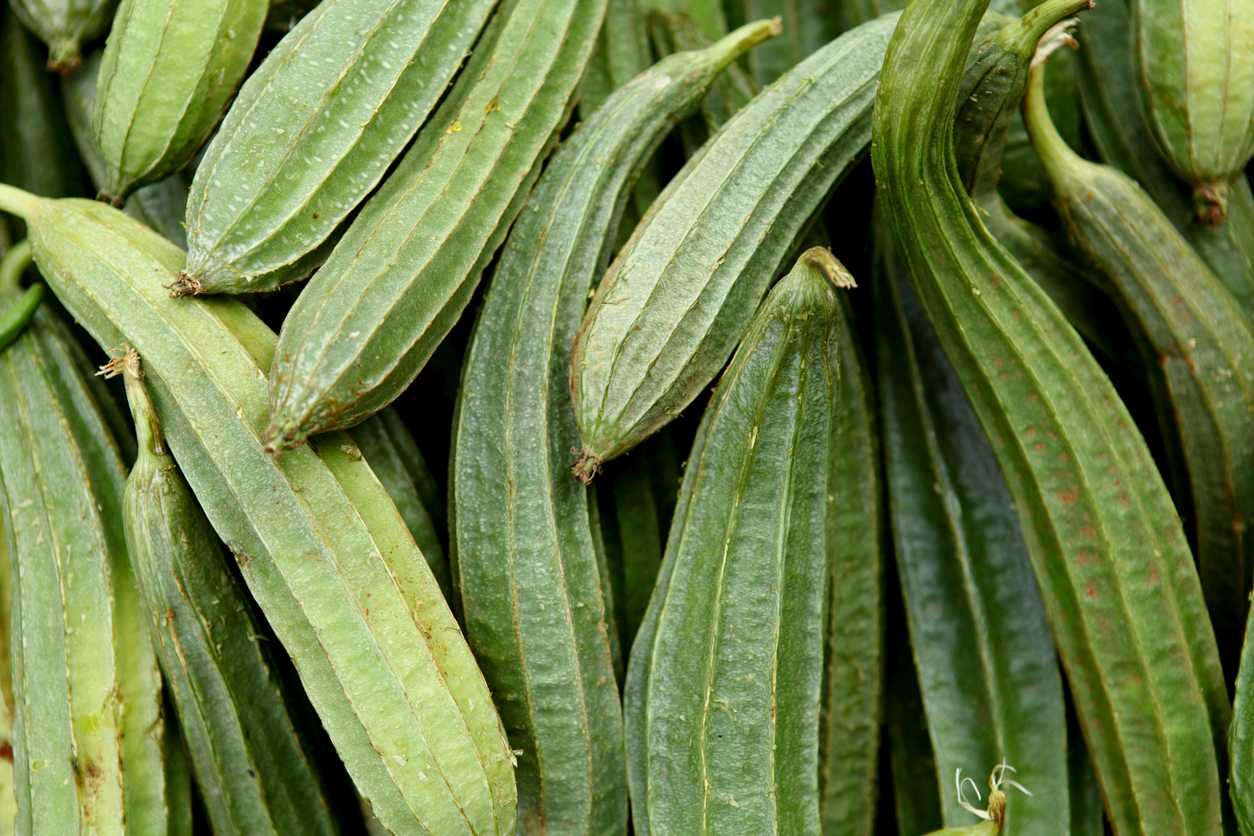
Plants produce fruit that grows up to 2 feet long, along with pretty yellow blossoms that attract various pollinators. You can eat young fruit, which tastes similar to okra. When dried, the insides of these gourds make handy dishcloths or bathing sponges. Stored loofah fibers can last for years, so it’s possible to build quite a stock of sponges when growing this long-season plant (150 to 200 warm days).
